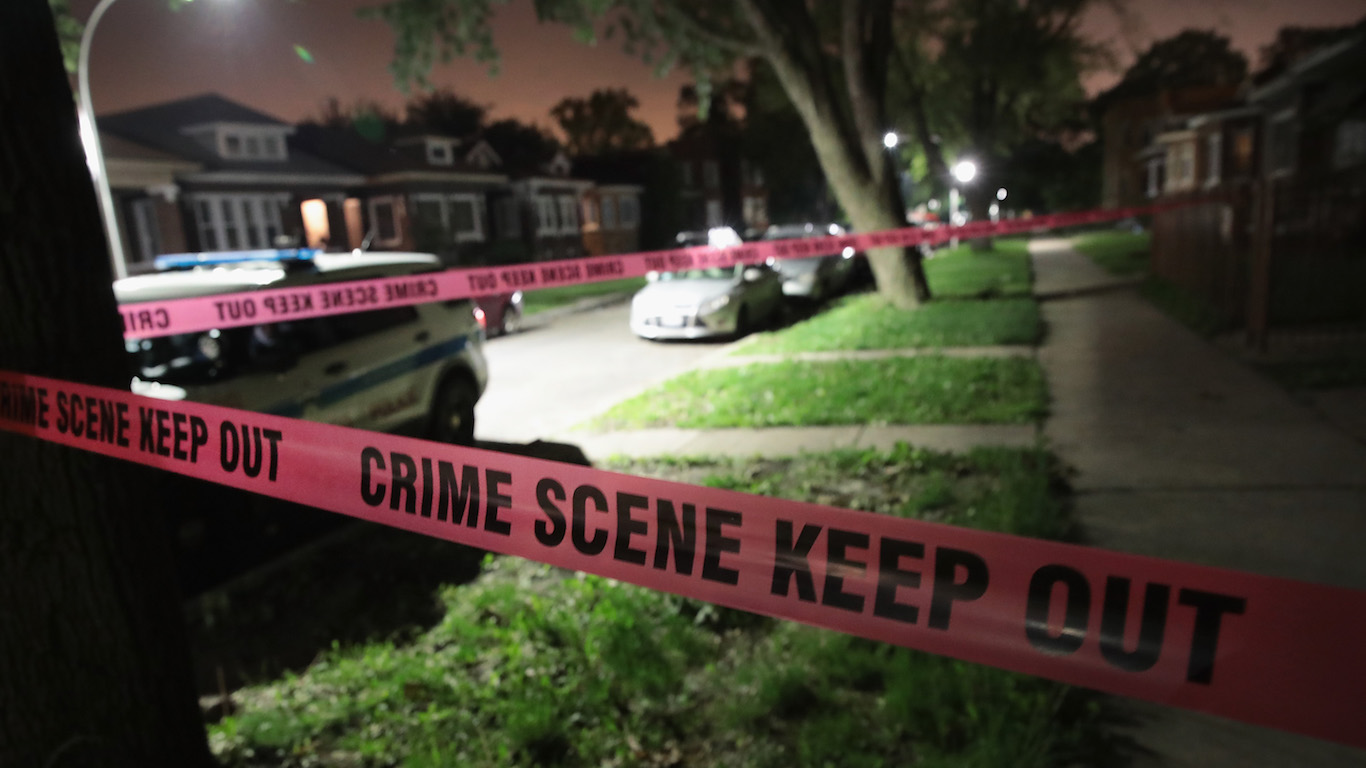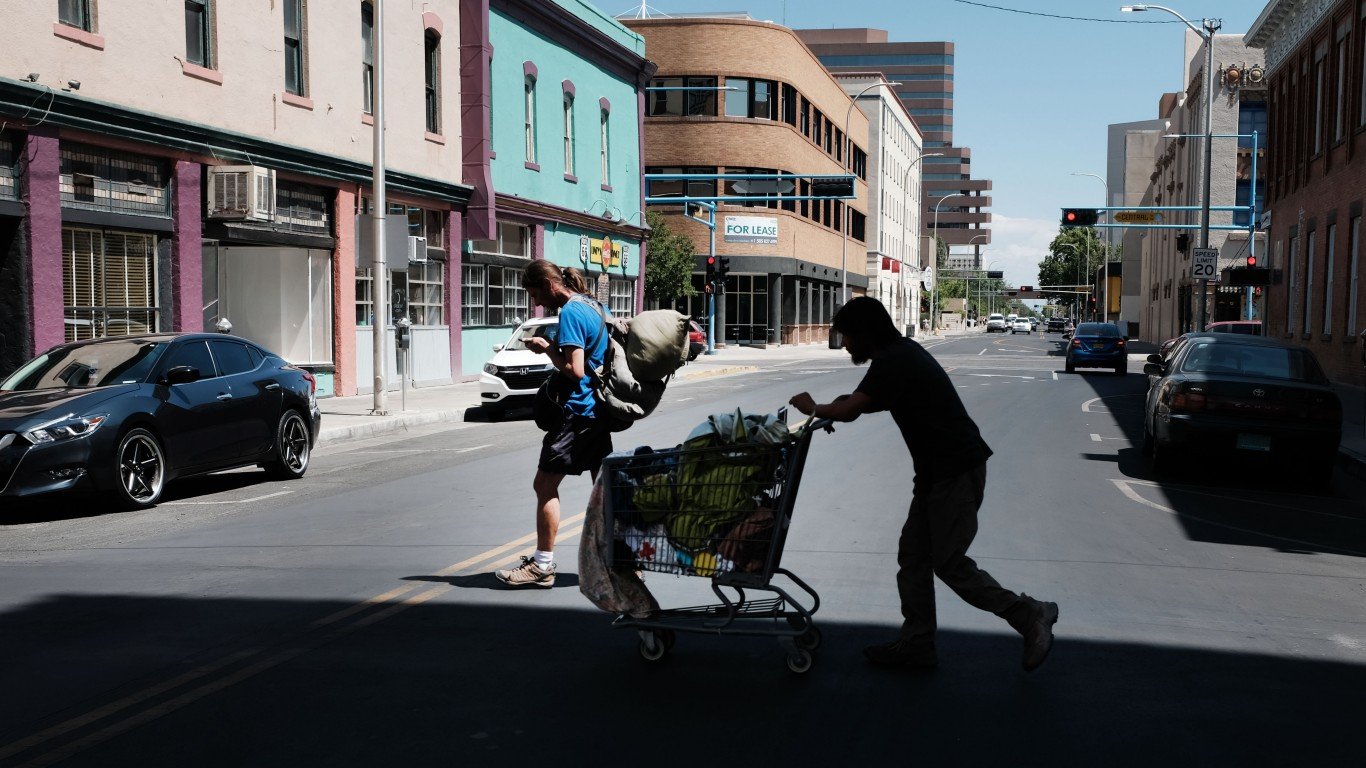

Cities large and small alike attract and keep businesses and residents mainly due to several factors: an affordable cost of living, good schools, a vibrant cultural scene, and a strong and multifaceted business base. In our virtually connected world, one more factor has vaulted to importance — reliable broadband access.
Having a high-speed Internet connection is essential in both the professional and personal realms — and especially the former. No business can run smoothly with frequent Internet disruptions. Further, a strong broadband grid allows companies to use cloud-based services rather than managing numerous applications on their network.
Companies and individuals alike may target large cities simply because they have a reputation for well-established and dependable internet networks. Yet smaller cities are no laggards when it comes to broadband. Given their relatively lower cost of living and overall quality of life, smaller cities can often compete on an equal footing with their larger counterparts, especially during the pandemic. (These, for instance, are the 25 small cities flourishing during COVID-19.)
To identify the American small cities with the best and most reliable internet access, 24/7 Wall St. reviewed the ranking of broadband access on small cities from the Milken Institute’s Best-Performing Cities 2021. (Population figures come from the U.S. Census Bureau’s 2019 American Community Survey 1-Year Estimates.)
By Milken’s standards, Corvalis, Oregon, south of Portland, tops the list of smaller cities with the best and most reliable Internet access. Its choice shouldn’t be surprising, considering the presence in town of HP, a software company spun off from the legendary Hewlett-Packard.
Oregon took the third spot on the list, as well. Known more for its ski resorts and mountain vistas, Bend did drop 12 slots from the 2020 overall Best-Performing Cities ranking, but still scored high for broadband.
Click here to see the small cities with the best and most reliable internet access
Sandwiched between the two Oregon cities at number two is San Rafael, California. The suburb of San Francisco likely draws its attractiveness and bandwidth from the tech mecca across the Bay. After all, every tech worker would expect the same bandwidth he or she enjoys at work. (Not anxious to go back into the office? Move to the best cities to live and work from home in 2021.)
25. Norwich, Connecticut
> Population: 265,206
[in-text-ad]
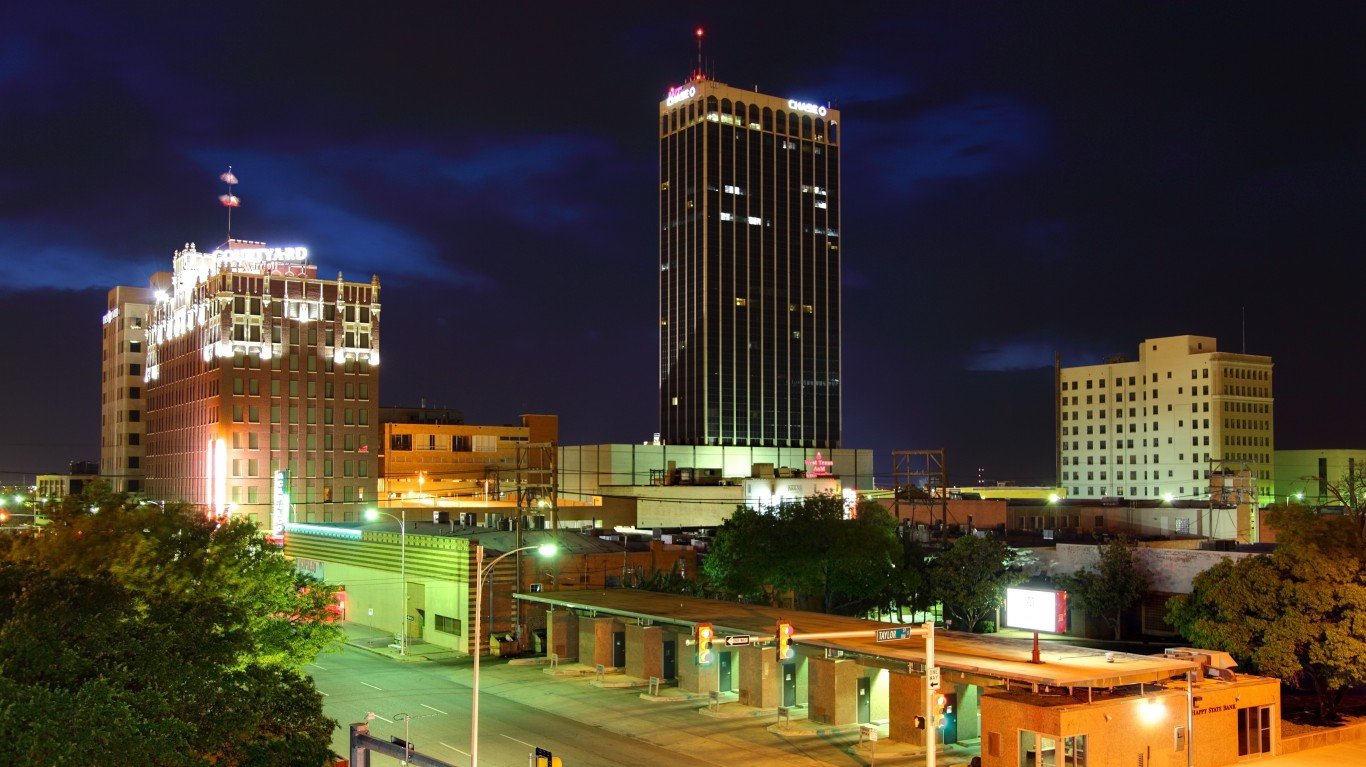
24. Amarillo, Texas
> Population: 269,447
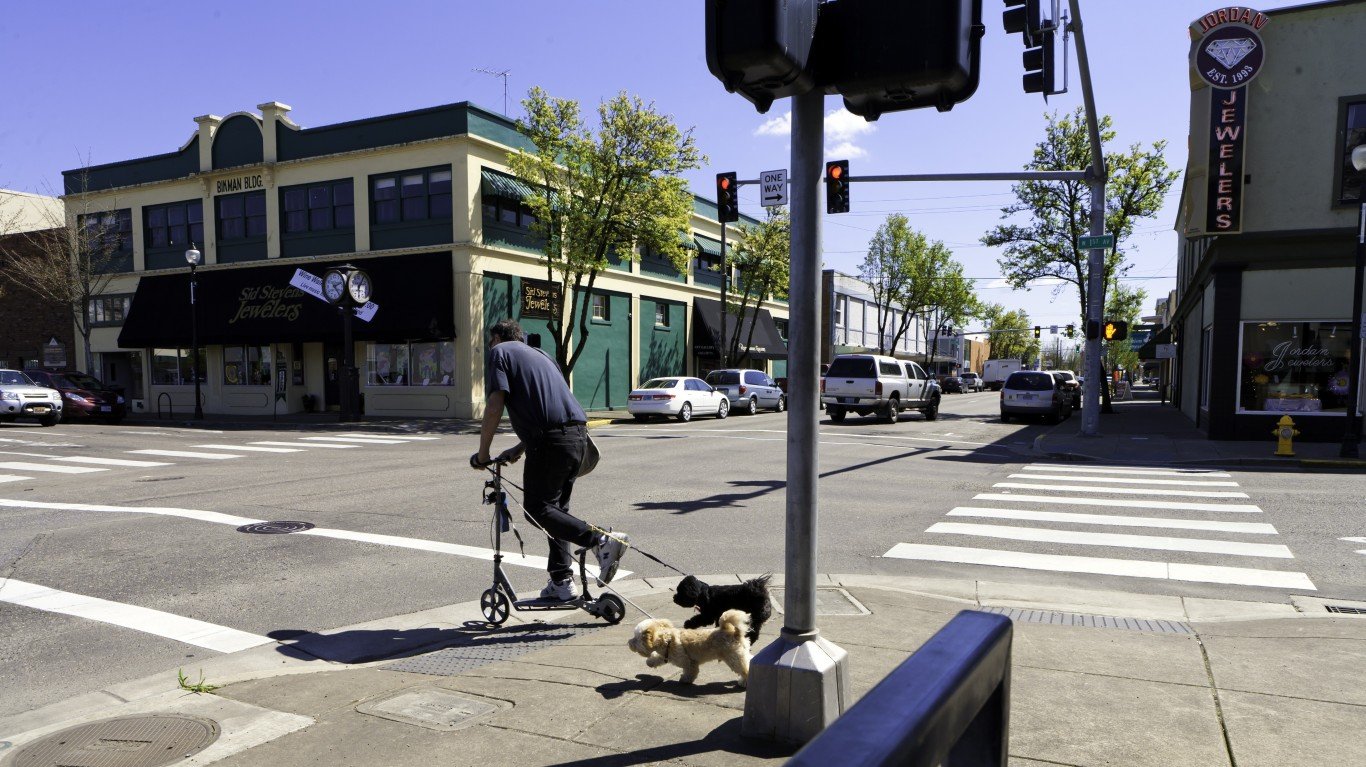
23. Albany, Oregon
> Population: 129,749
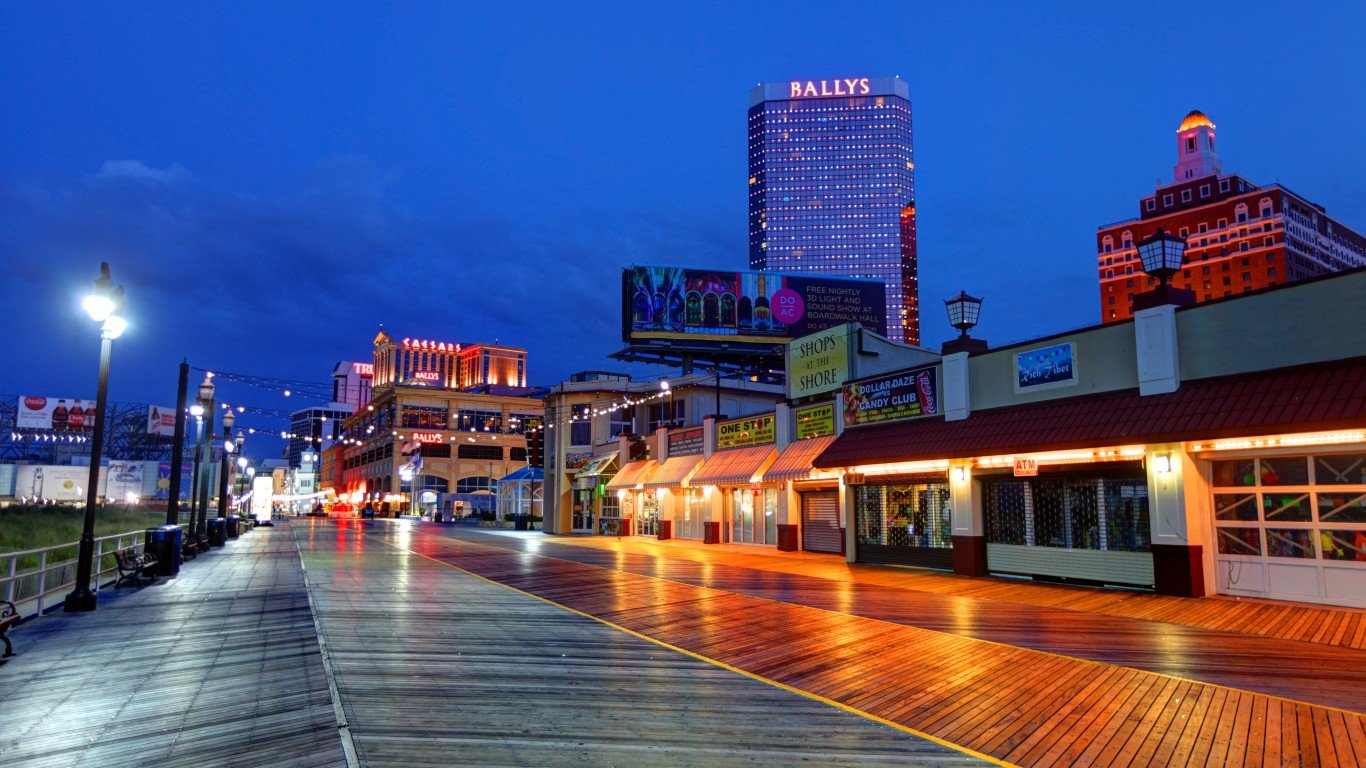
22. Atlantic City, New Jersey
> Population: 263,670
[in-text-ad-2]
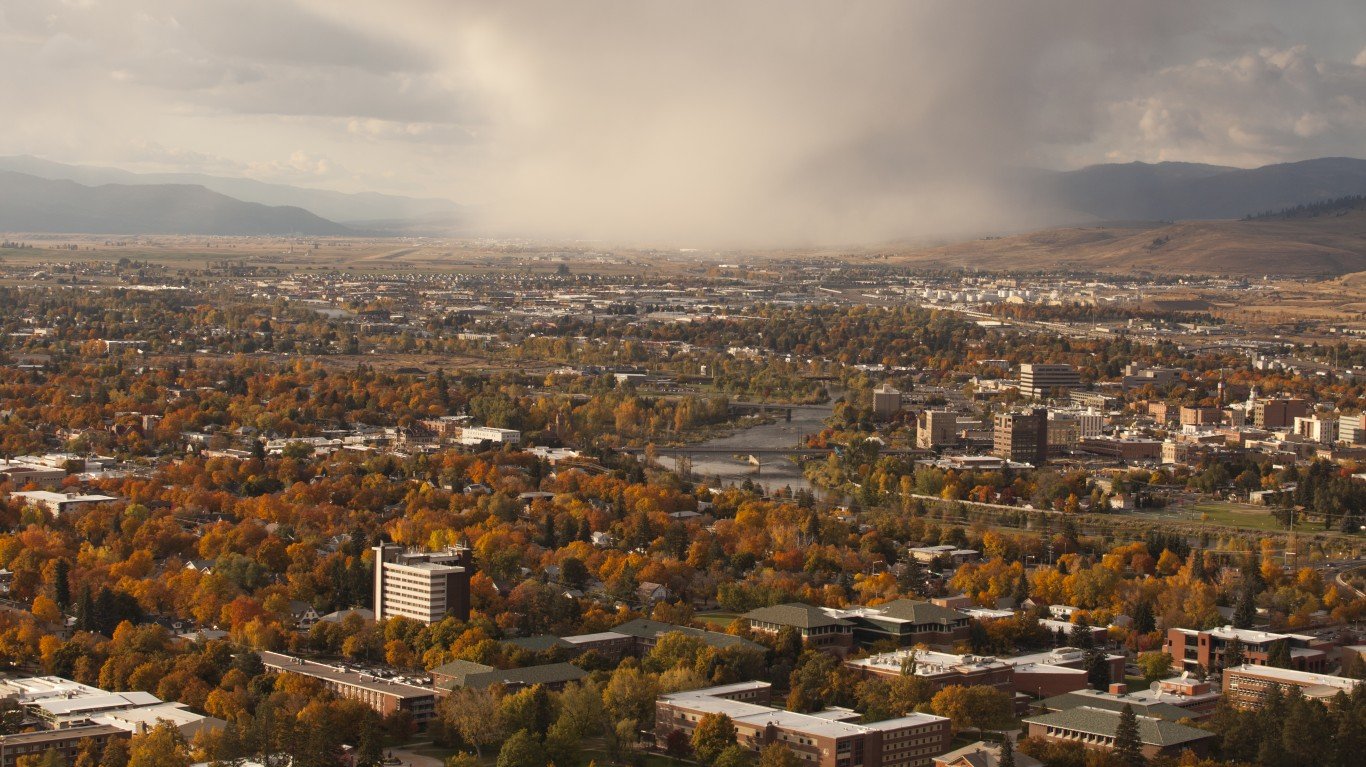
21. Missoula, Montana
> Population: 119,600
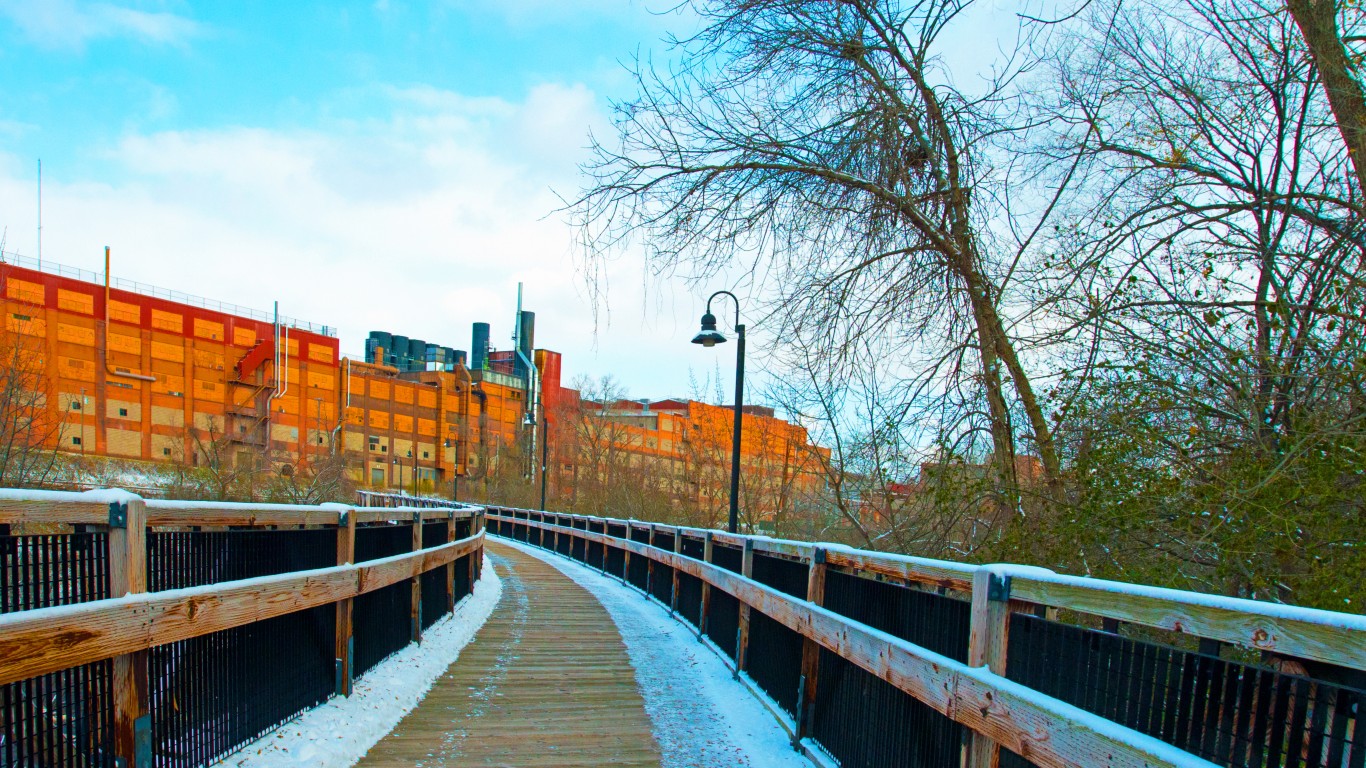
20. Eau Claire, Wisconsin
> Population: 169,304
[in-text-ad]

19. The Villages, Florida
> Population: 132,420
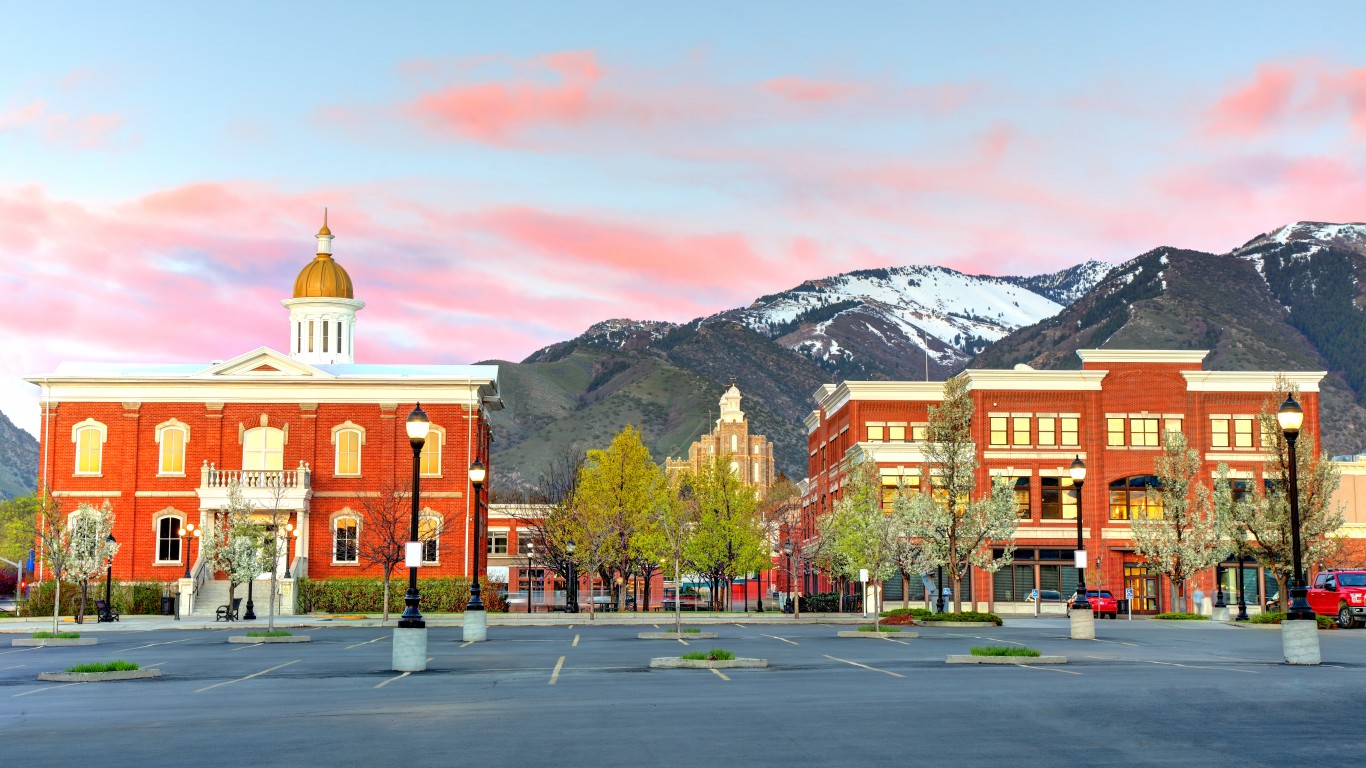
18. Logan, Utah-Idaho
> Population: 141,760
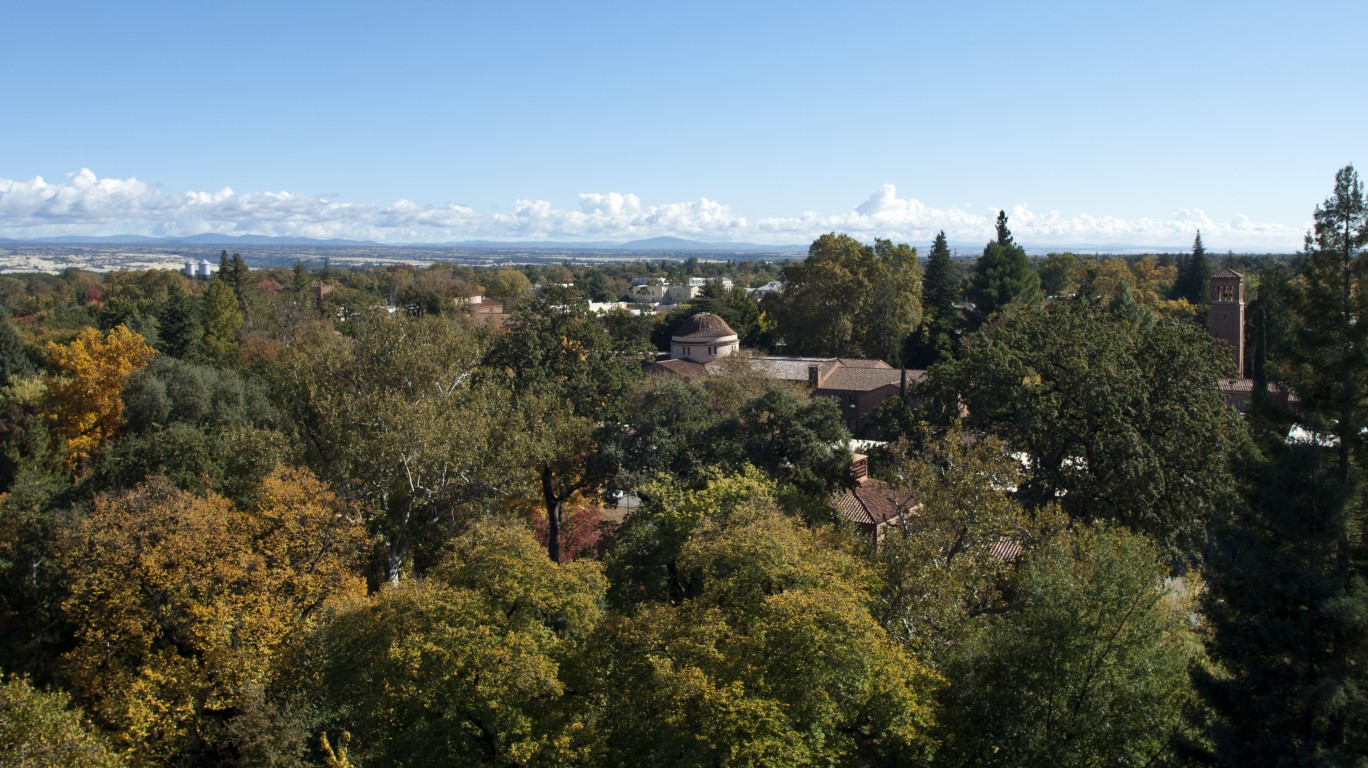
17. Chico, California
> Population: 219,186
[in-text-ad-2]
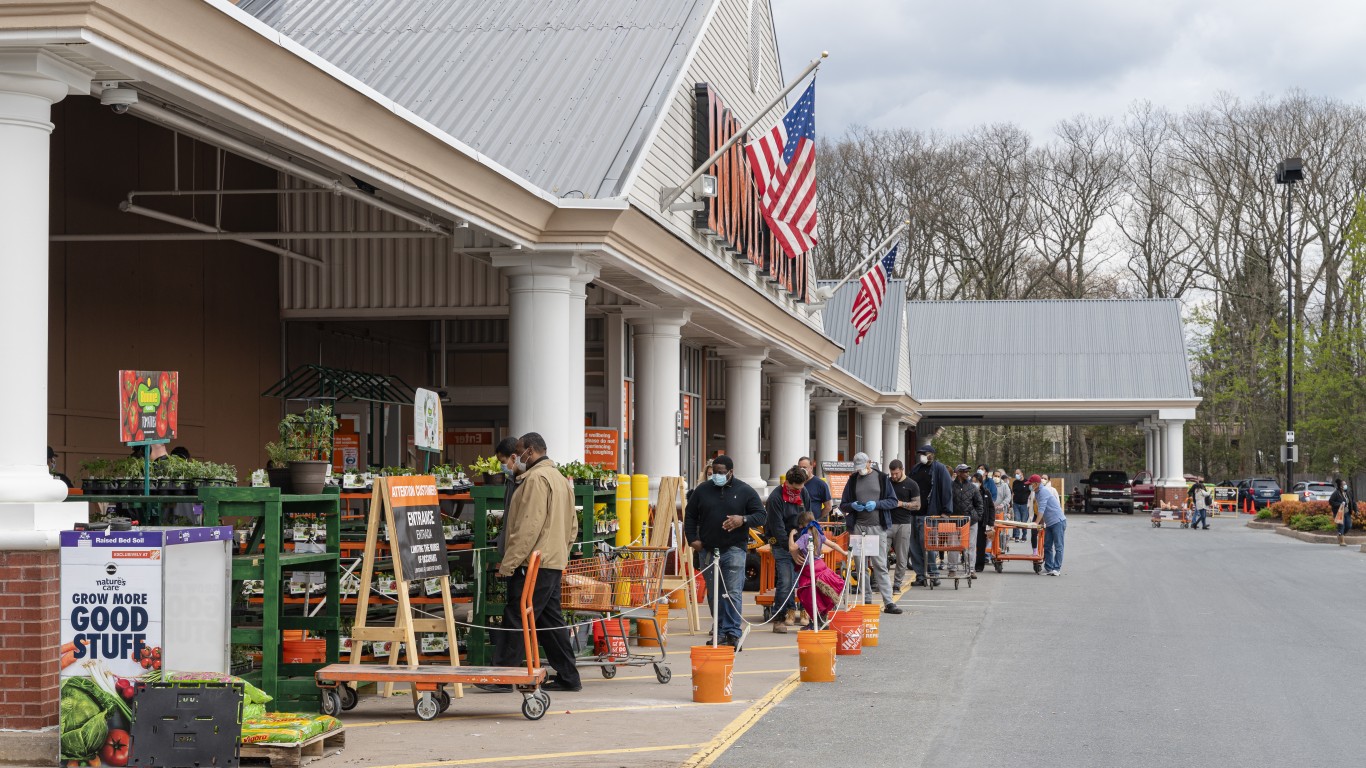
16. East Stroudsburg, PA
> Population: 170,271

15. St. George, Utah
> Population: 177,556
[in-text-ad]
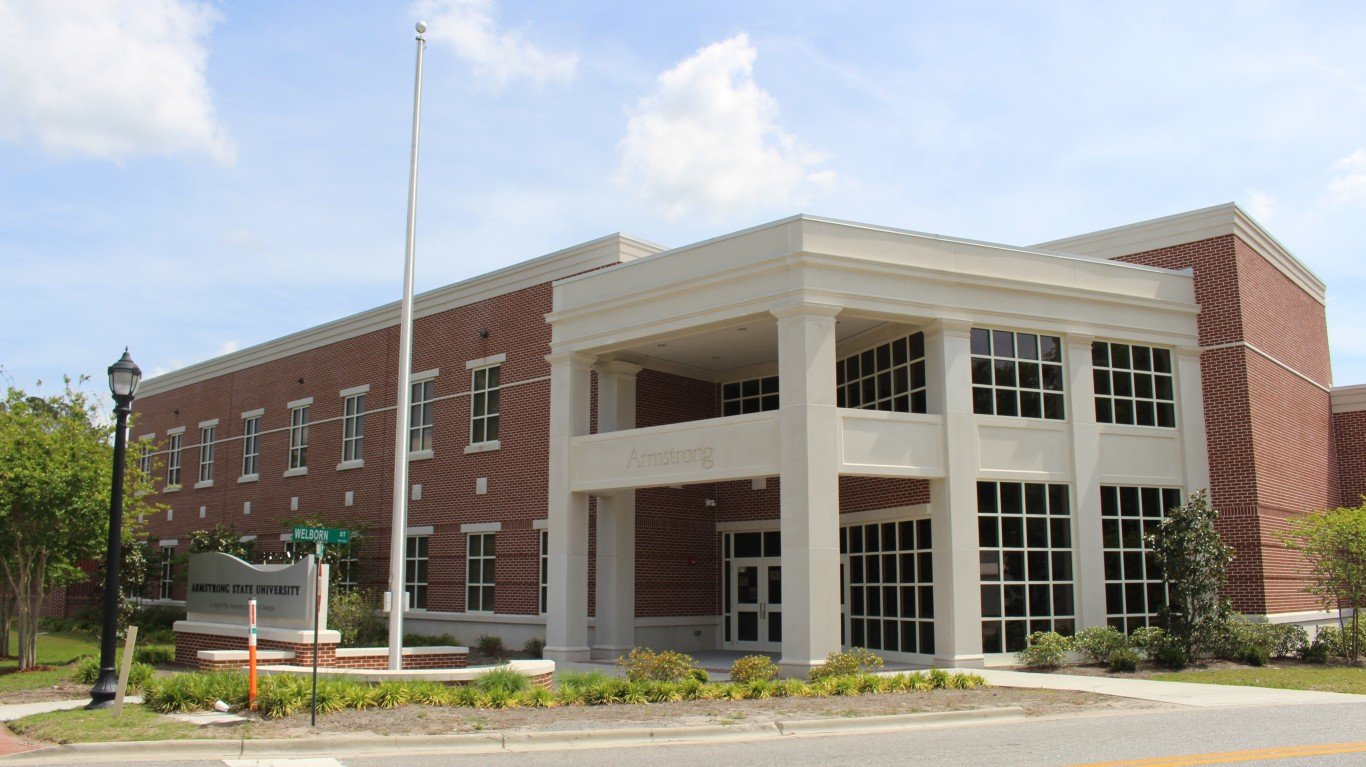
14. Hinesville, Georgia
> Population: 81,344
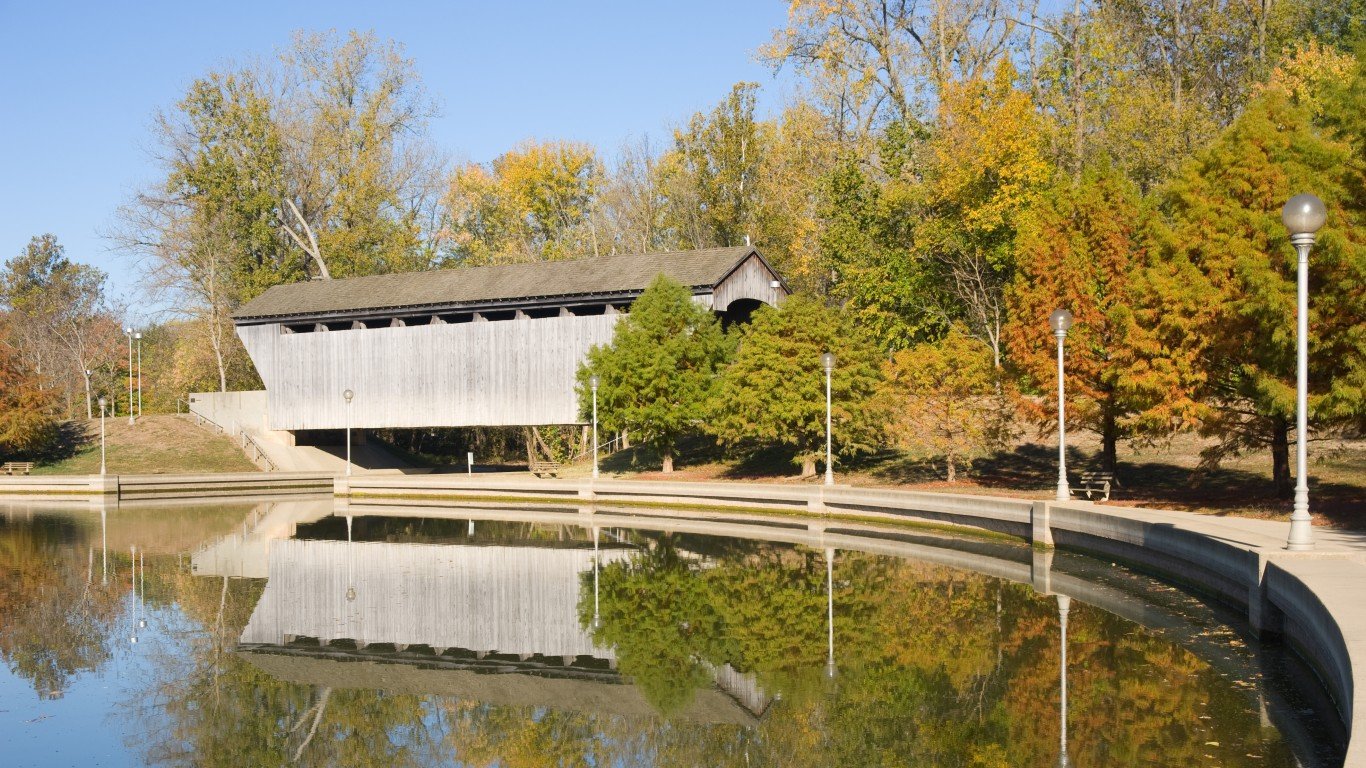
13. Columbus, Indiana
> Population: 83,779
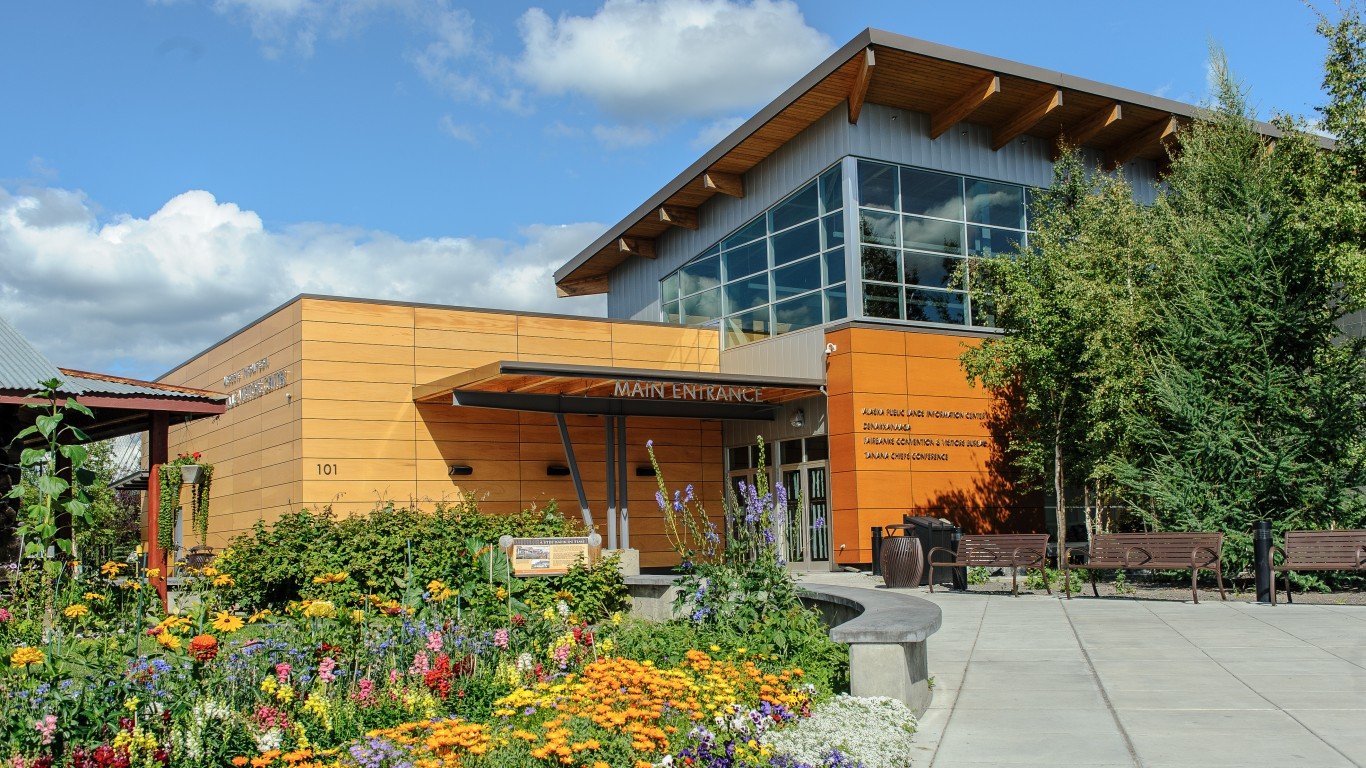
12. Fairbanks, Alaska
> Population: 96,849
[in-text-ad-2]
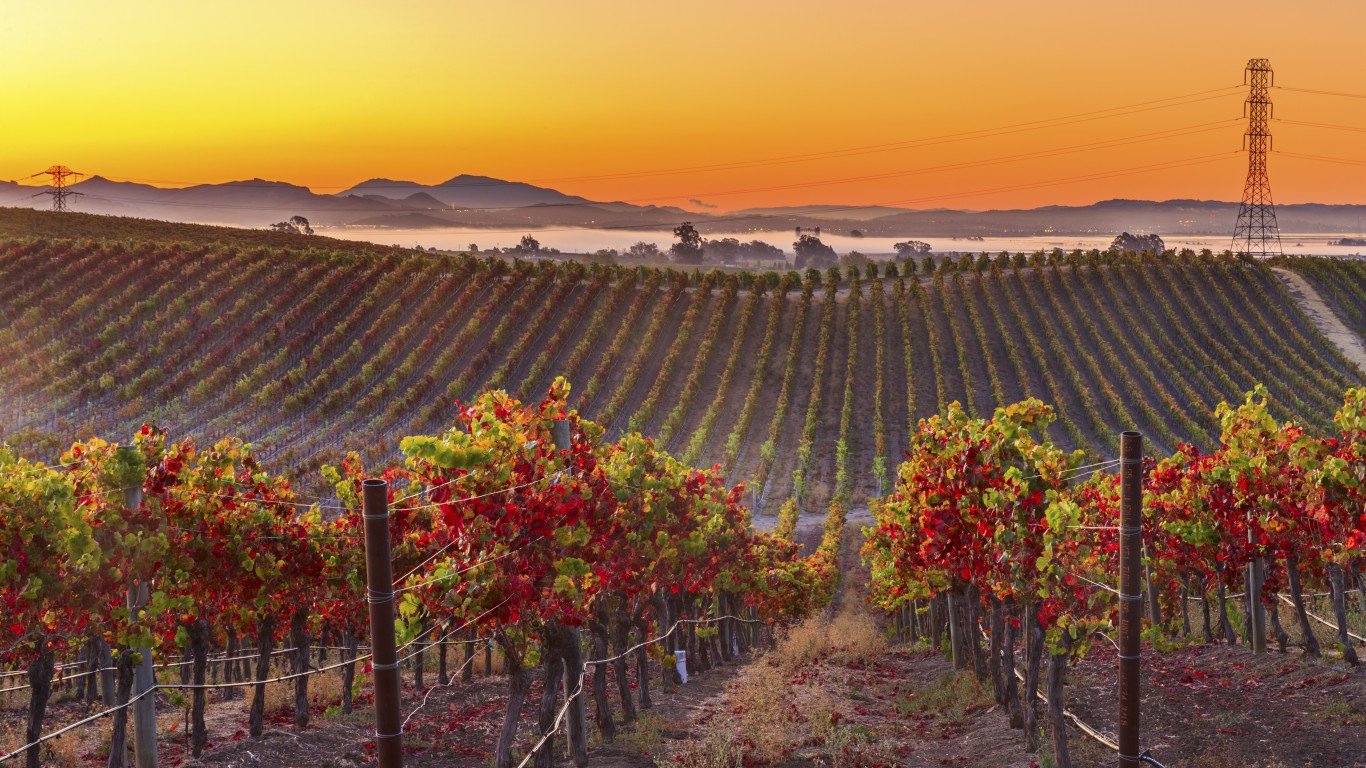
11. Napa, California
> Population: 137,744
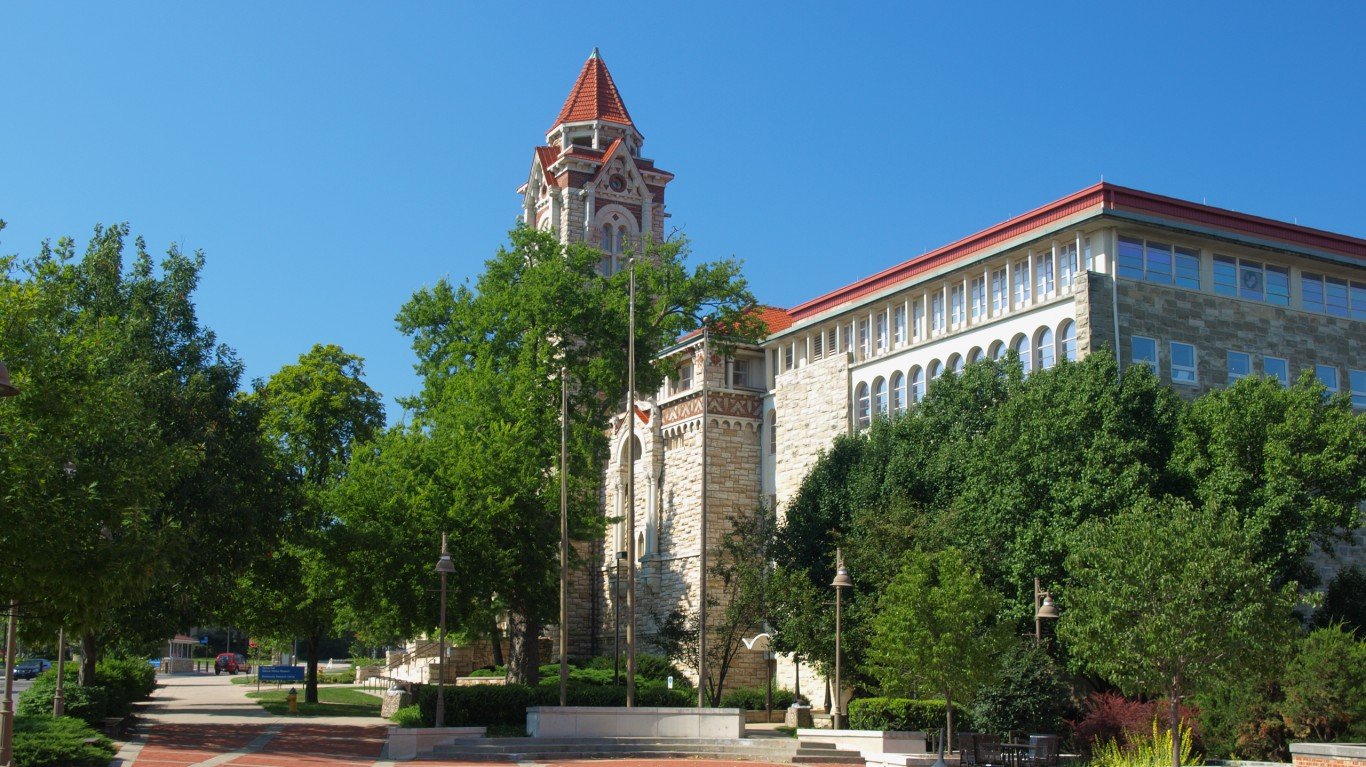
10. Lawrence, Kansas
> Population: 122,259
[in-text-ad]
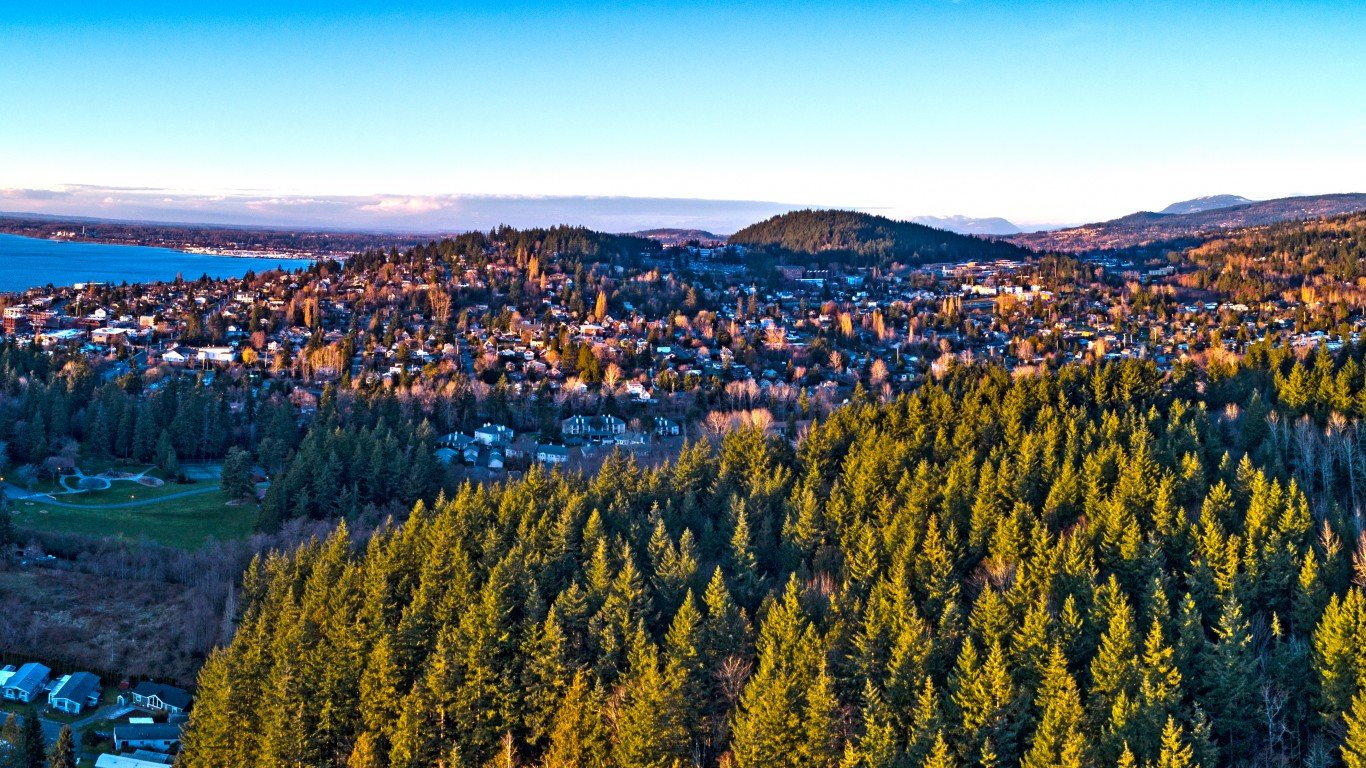
9. Bellingham, Washington
> Population: 229,247

8. Sioux Falls, South Dakota
> Population: 268,833
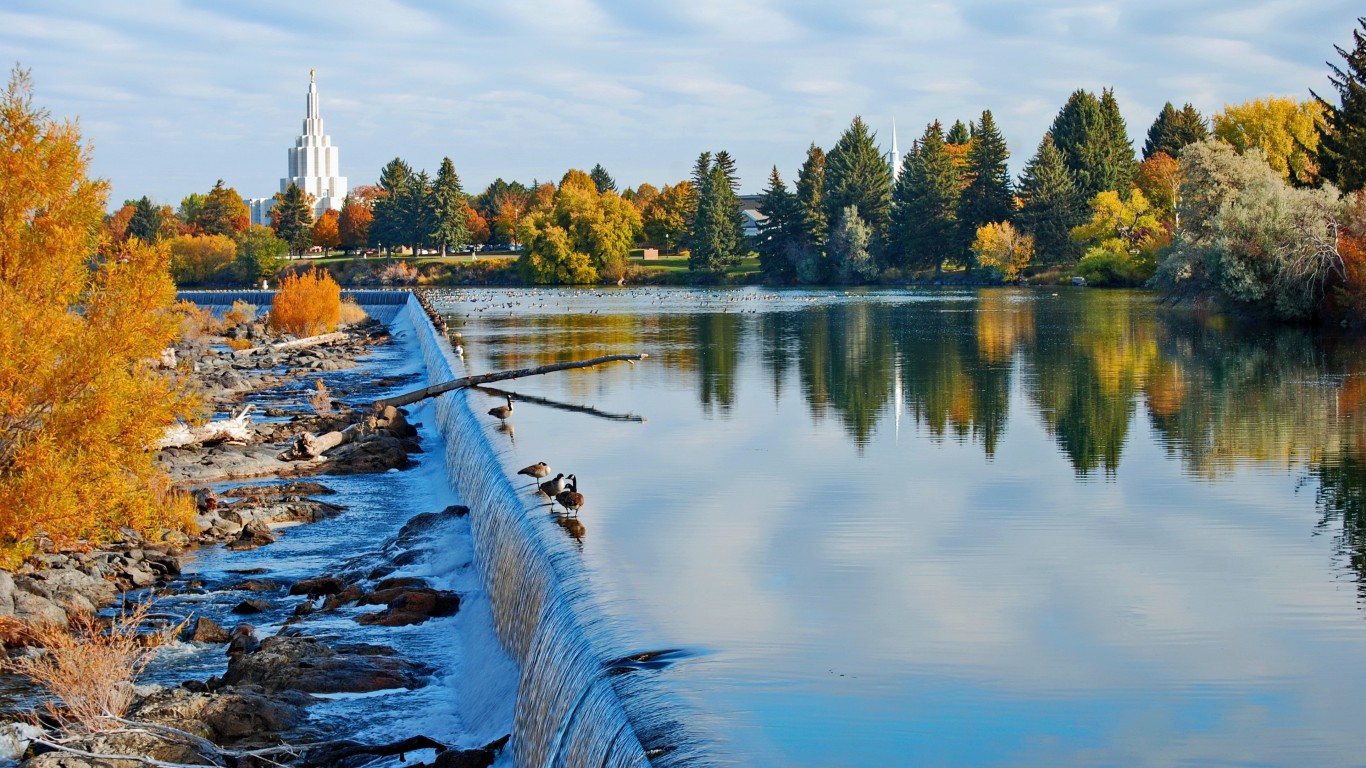
7. Idaho Falls, Idaho
> Population: 151,516
[in-text-ad-2]
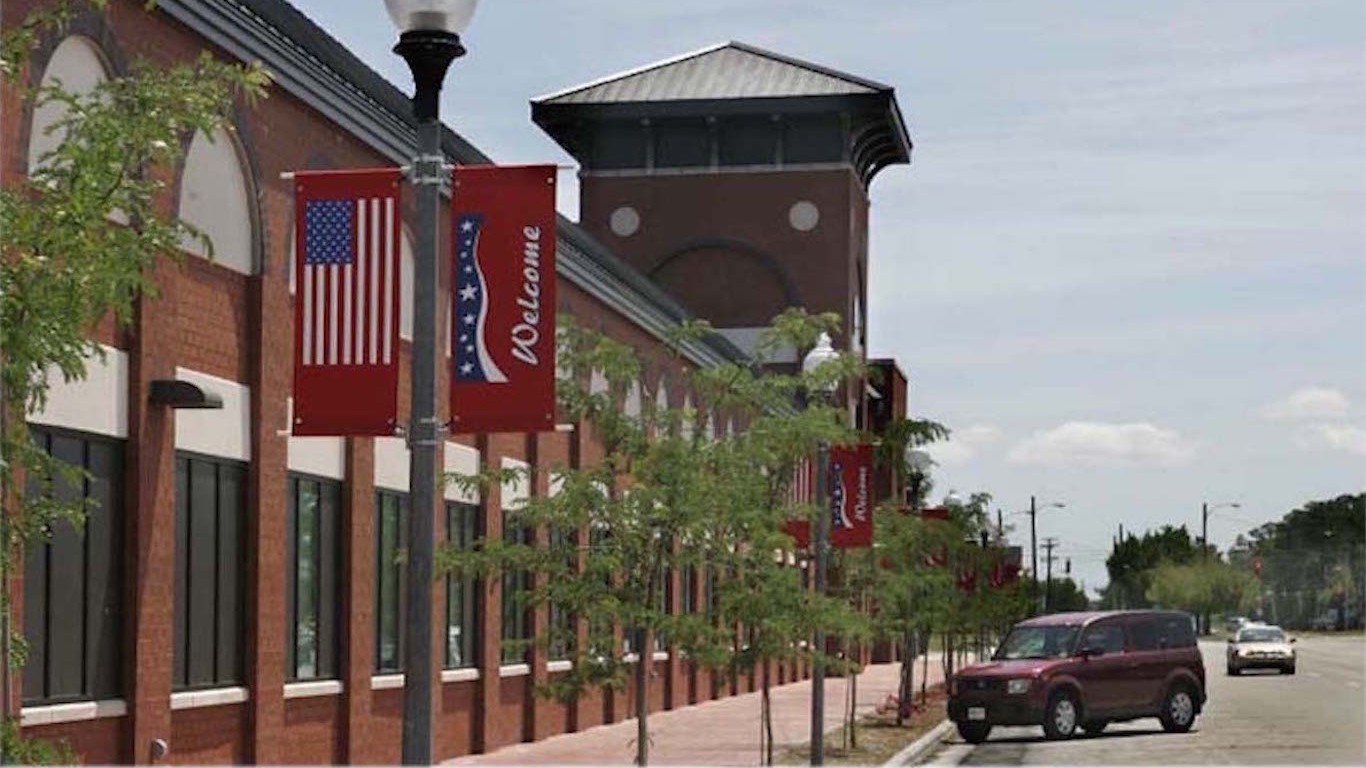
6. Jacksonville, North Carolina
> Population: 197,938
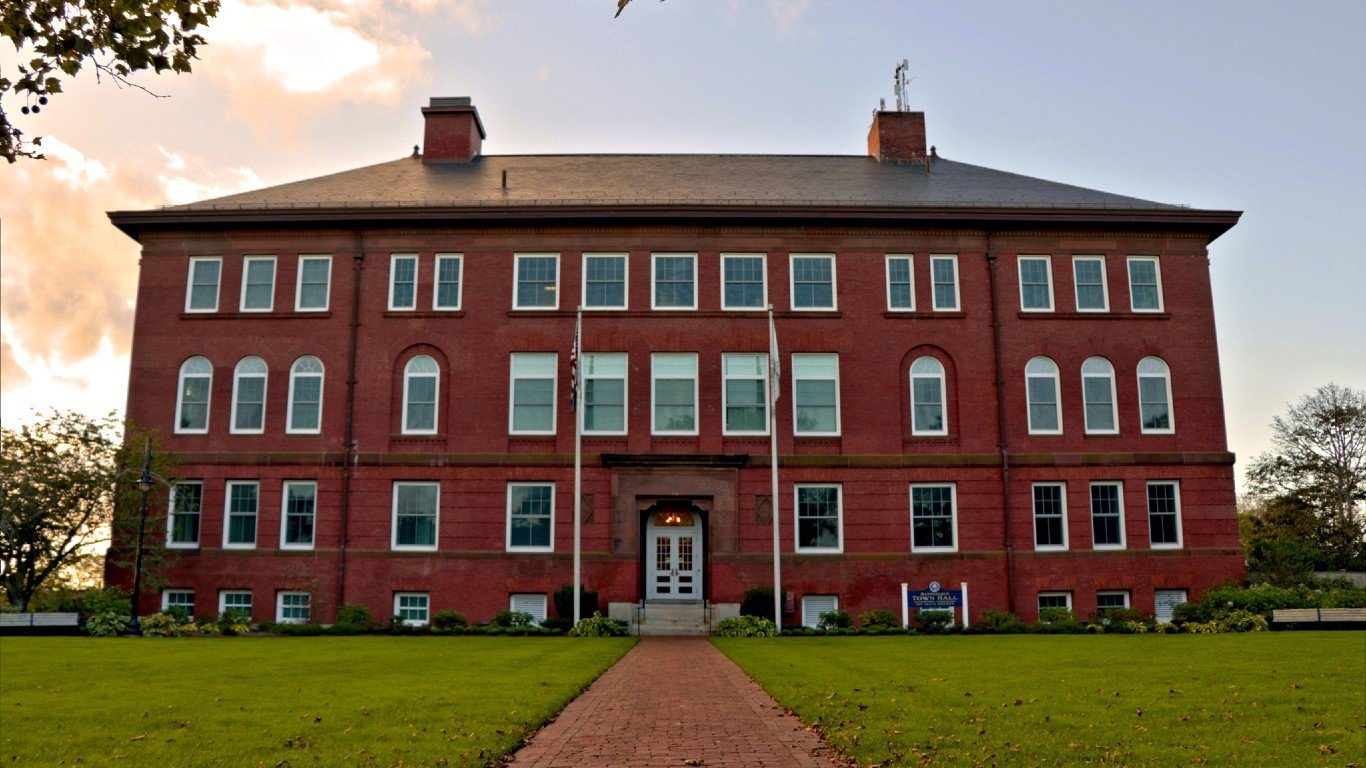
5. Barnstable Town, Massachusetts
> Population: 212,990
[in-text-ad]
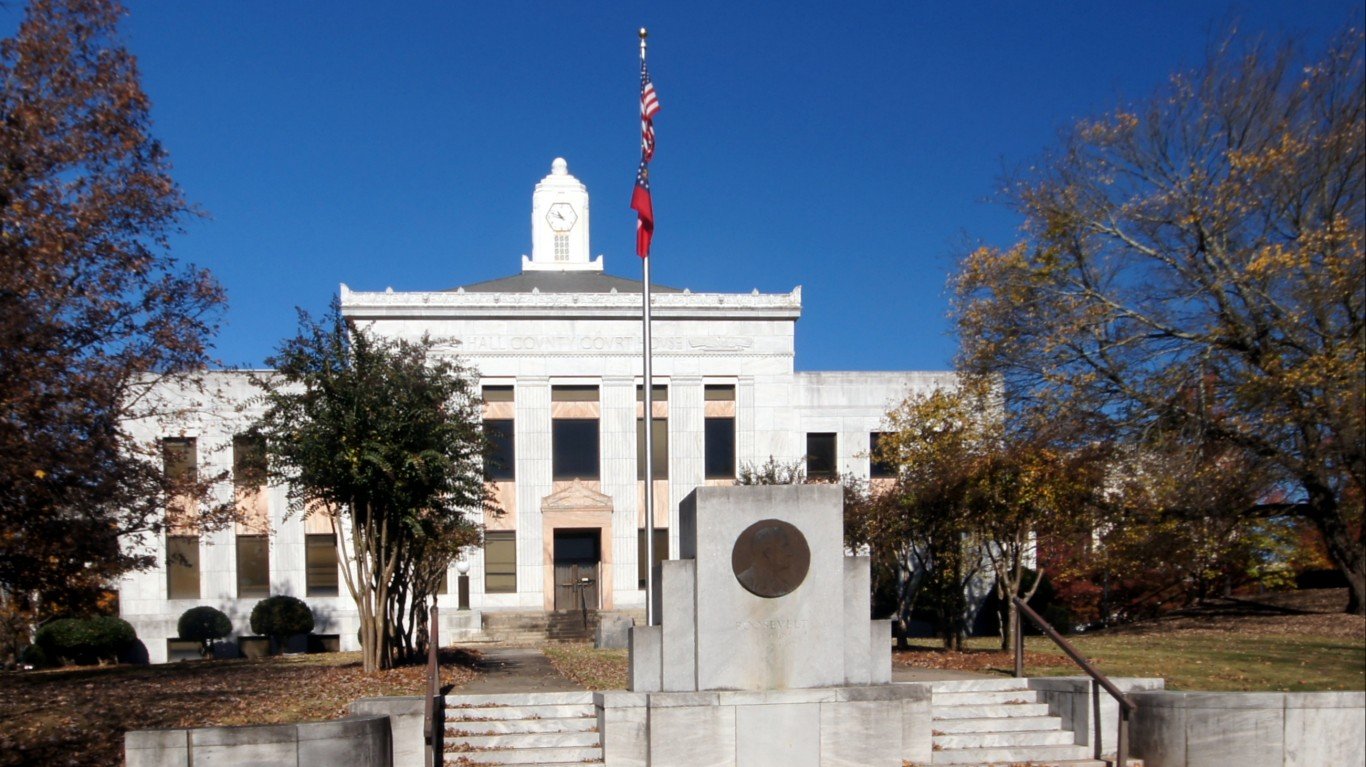
4. Gainesville, Georgia
> Population: 204,441
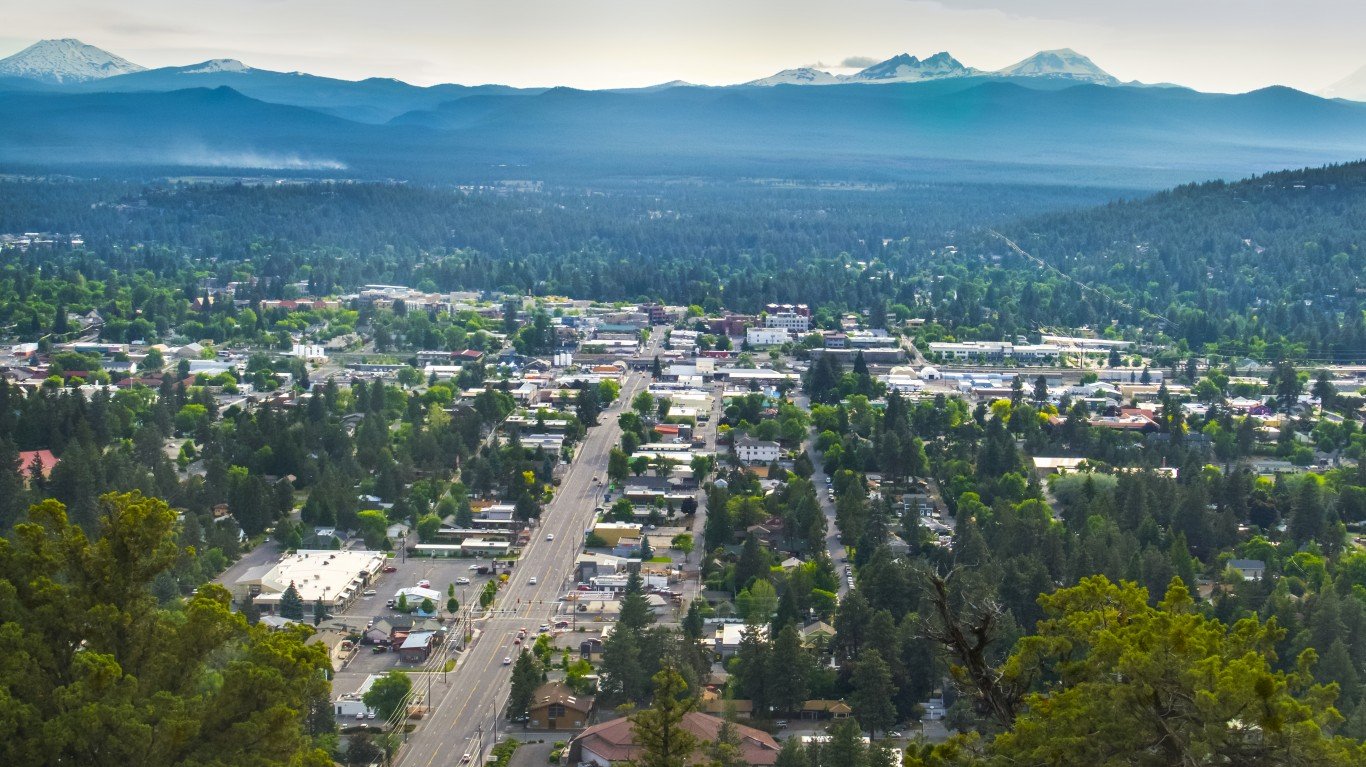
3. Bend, Oregon
> Population: 197,692
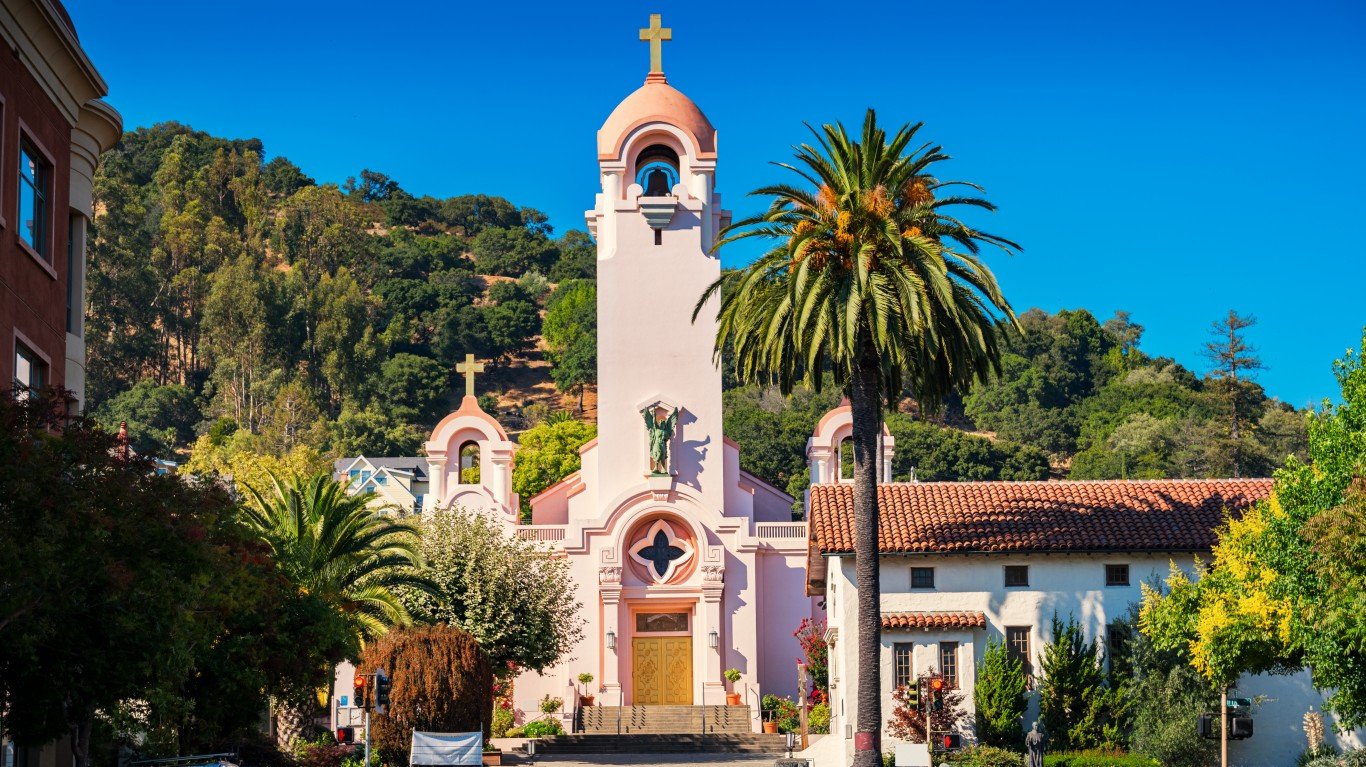
2. San Rafael, California Metro Division
> Population: 258,826
[in-text-ad-2]
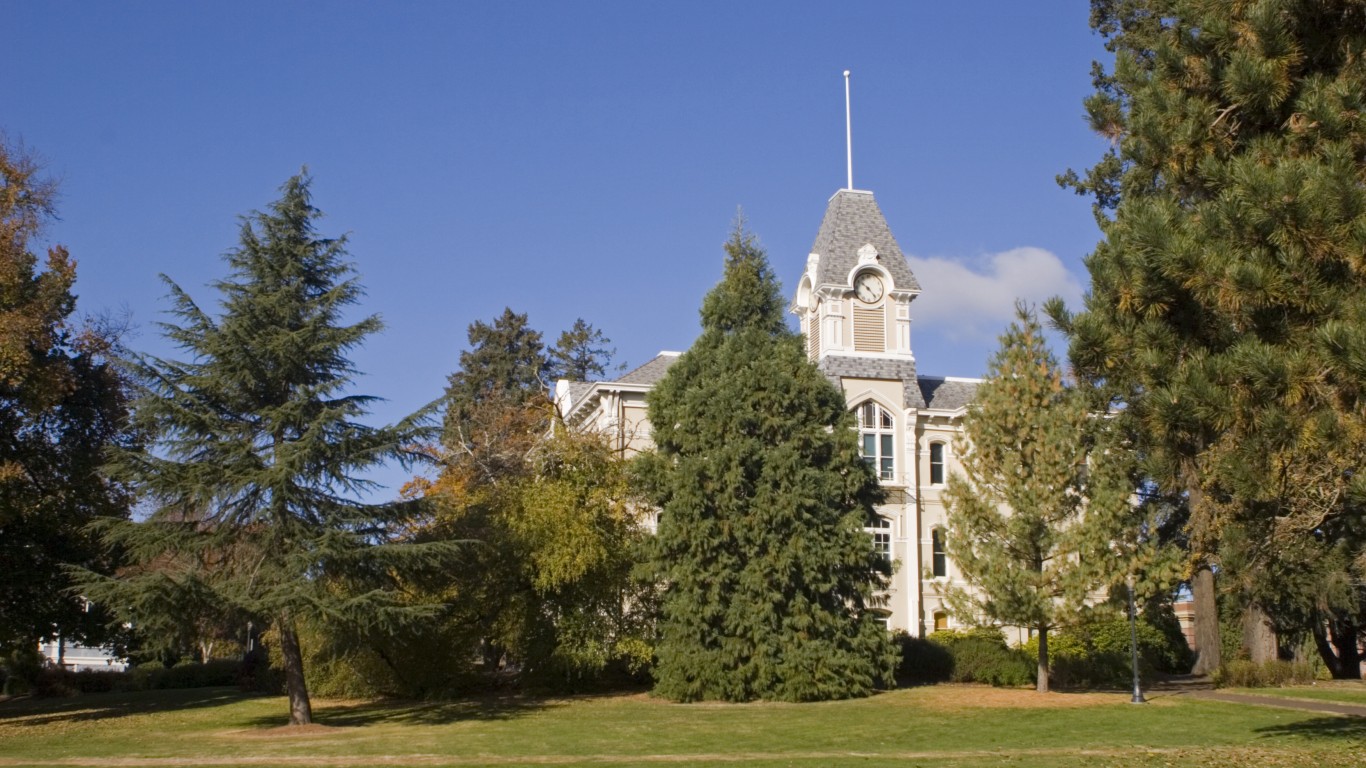
1. Corvallis, Oregon
> Population: 93,053
Essential Tips for Investing: Sponsored
A financial advisor can help you understand the advantages and disadvantages of investment properties. Finding a qualified financial advisor doesn’t have to be hard. SmartAsset’s free tool matches you with up to three financial advisors who serve your area, and you can interview your advisor matches at no cost to decide which one is right for you. If you’re ready to find an advisor who can help you achieve your financial goals, get started now.
Investing in real estate can diversify your portfolio. But expanding your horizons may add additional costs. If you’re an investor looking to minimize expenses, consider checking out online brokerages. They often offer low investment fees, helping you maximize your profit.
Thank you for reading! Have some feedback for us?
Contact the 24/7 Wall St. editorial team.

 24/7 Wall St.
24/7 Wall St.
